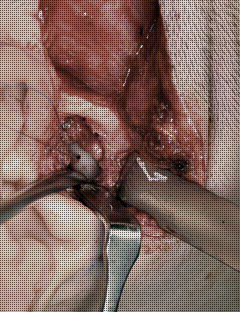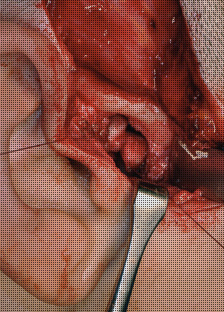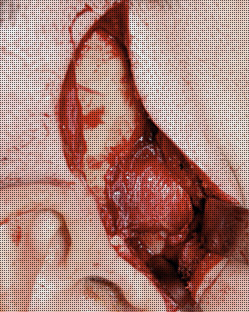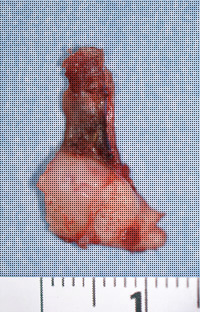- Open surgery
- What is open surgery of the temporomandibular joint and when is it indicated?
The open joint surgery includes all surgical procedures performed through the surgical opening of the joint (arthrotomy).
Although the majority of patients with temporomandibular joint disorders benefit from conservative treatment or arthrocentesis or arthroscopy, there is a small number of patients who do not respond to these minimally invasive therapies, and therefore it is recommended to perform open surgery for pain control and to improve function.
How can the surgeon surgically operate on the joint?
Open surgery is performed under general anesthesia and the classical temporomandibular joint approach is the preauricular one which entails an incision made into the skin fold behind the ear along with a small extension in the hair.
This incision is very aesthetic and not visible after surgery.
There are mainly two types of surgical procedures: the techniques of disc repositioning and removal of the same disc (discectomy).
The disc repositioning consists in retrieving the disc and securing it in its correct position. The fixing of the disc can be performed with sutures or with small screws that subsequently reabsorb. The requirement to perform the repositioning of the disc is to maintain its appearance and shape; the disc must also be positioned without tension or distortion.
Together with the repositioning of the disc, it's possible to perform additional procedures such as bone remodeling to increase the joint space and remove bone irregularities.


Repositioning of the disc with reabsorbable material (Mitek anchor)
Discectomy or disc removal is indicated when it is not possible to retrieve and replace the disc due to its degeneration or deformation. One of the most common situations in which the discectomy is performed is when the disc or retrodiscal tissues have a large and irreparable perforation.
Discectomy eliminates mechanical interference inside the joint between the disc and the other articular components. After the removal of the disc, it can be replaced by the muscle and temporal fascia.


Discectomy and reconstruction with temporalis muscle - the removed disc
How is the post-surgical phase managed and what are the possible complications?
The post-surgical treatment is aimed at reducing the articular load and restoring normal mandibular movements. It is therefore important to eat a light diet and a post-surgical therapy with the bite is required. The mobilization of the joint must be immediate after surgery with intense physiotherapy. Taking a drug that acts peripherally and centrally for the reduction of pain can help.
Complications are uncommon in open surgery: the most feared complication in open joint surgery concerns the lesion of the facial nerve that provides motility to the face. Other complications are the persistence of pain, ankylosis (fusion and joint lock) and post-surgical malocclusions.



